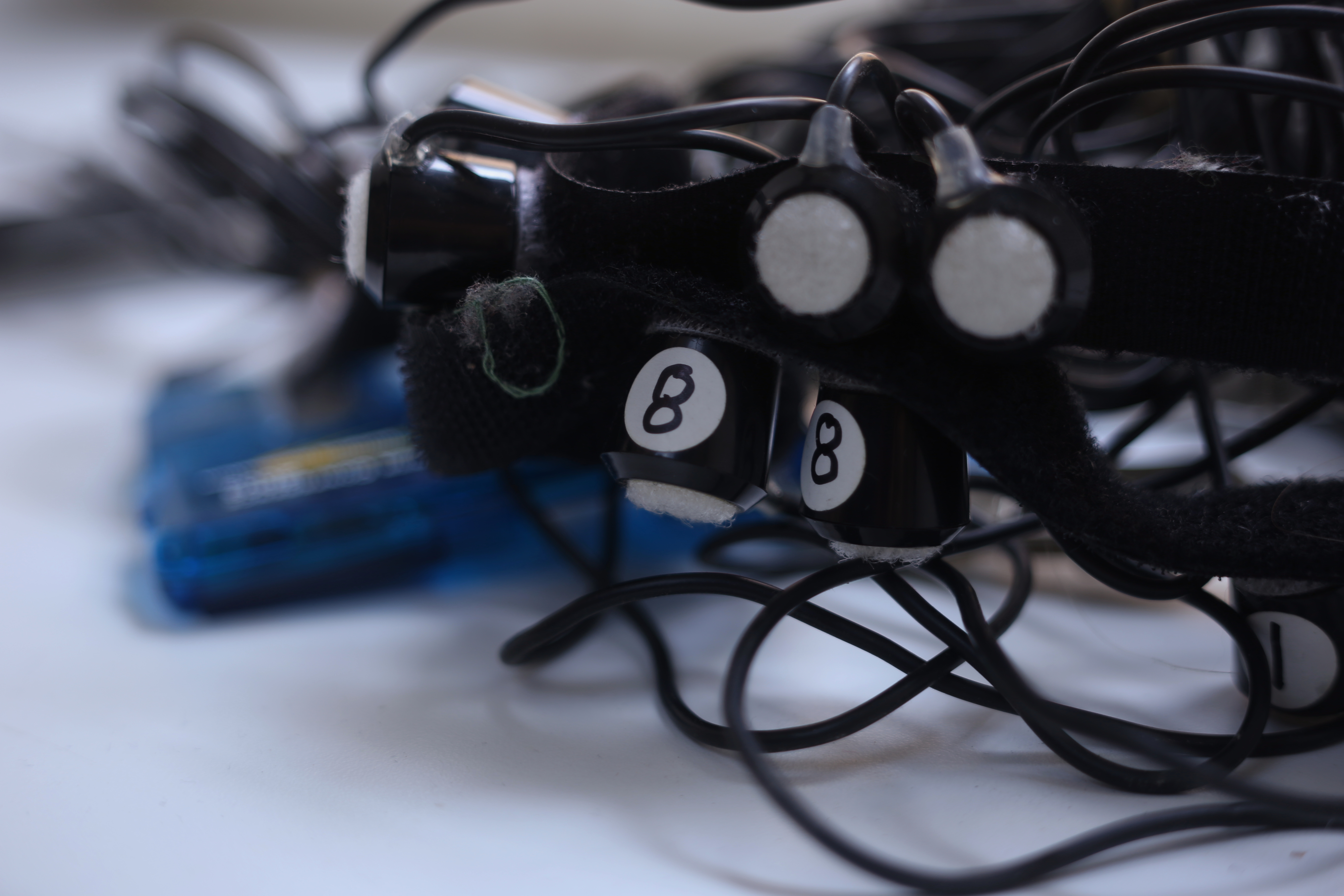17 Reasons Lucid Dreams and OBEs are Different
The question "are OBEs a form of lucid dream?" is a common one, so in this article, I will explore the differences I see, and by so doing I hope help to clarify the situation. To begin with the example of my experiences, OBEs and lucid dreams differ in every way I can think of, from sensations experienced, the information gained, to the scenario that OBEs arise from (in my case a relaxed fully conscious state, not sleep).
The problem of defining the difference only arises when we try to translate an experience into words and the difference can become harder to outline. It seems the confusion can also be increased if someone has their OBEs from a sleep state or experiences sleep paralysis, or they simply confuse OBEs and dreams. I have put together a list of the key differences, and while some of the elements here can be related to both lucid dreams and OBEs in the experiences of some people, it is important to look at this list as a whole, rather than at each point in isolation.
For me, the issue is as clear as the difference between waking awareness and lucid dreaming. There are some who would argue the point, how do we know for sure waking reality is not a lucid dream? If it is the case that they are one and the same, then defining a lucid dream would become meaningless. We use waking consensus reality as a reference point, and most of us can agree, on a more pragmatic level at least, that the difference is clear. We also build an empirical (meaning from experience) basis for our conviction that reality is in-fact real, at least as far as that word has any meaning. It is the same with OBEs, we can build a body of empirical evidence that reveals certain factors about the nature of an OBE, and they appear to be distinct from dream states.
Of course, we should also remember that everything regarding consciousness is on a continuum, from lucid dreams, remote viewing, hypnosis, OBEs, and just being normally conscious in the world, are all states of consciousness. We seek to define things to allow greater understanding of how to enter these states and to learn and understand more about them. That is why it is important to be careful when saying an OBE is the same as a lucid dream in my opinion. So here is the list of key points that show a difference between OBEs and lucid dreams:
1
My OBEs virtually never occur during sleep, and my body remains in a trance state distinct from sleep (related to Alpha State brain waves). I have on at least one occasion begun to enter the OBE state when walking around my home under normal conditions. It is clear that in the general population OBEs occur from a range of states not just sleep and the majority (78%), according to research by G. O. Gabbard & S. W. Twemlow, take place from a physically relaxed waking state.
2
No Rapid Eye Movement (REM) state is present while the OBE is taking place. While REM is not always present when lucid dreams occur, it is never present in tests during my OBEs (this is consistent with research by others, see D. Scott Rogo et al).
3
Sensory awareness is heightened (more vivid) or structured differently (colours etc) to dreams and often to waking reality. Although I have experienced extremely vivid lucid dreams, they do not compare in depth and quality (see point 17) to my more powerful OBEs.
4
Perceptions are often highly veridical, or consistent with 'consensus reality', unlike lucid dreams.
5
Other than floating, passing through objects, and time being non-linear to some degree, the laws of nature remain constant in some form, unlike in many dreams.
6
Recall is often stronger than a general memory after the out-of-body experience (consistent with NDE accounts), unlike dreams in which recall is often hard. According to my friend and lucid dream expert Robert Waggoner the beginning of his lucid dreams becomes more and more difficult to remember the longer the dream continues. The length of the experience makes no difference in OBE accounts.
7
There are no psychological elements to do with my day-to-day life present in my OBEs, unlike my dreams.
8
The energy or wave sensations experienced before an OBE appear to be different to those experienced during sleep paralysis and other sleep phenomena, although more precise research is needed to be sure of this.
9
A feeling of release, being revitalised, or very calm and positive after the OBE is common. I rarely notice anything like this after a lucid dream. This sensation can go on for hours even days after my OBE has ended.
10
A total sense of knowing the experience was real beyond any dream I have ever had, actually sometimes even beyond this reality (Consistent with NDE accounts).
11
Interactions with characters and stories within the experience are rare in my OBEs. This can vary in accounts, but this is certainly less apparent in OBEs and the characters, if present in an OBE, will be of a different quality and type (usually guides, consistent with NDEs, Monroe etc).
12
Some studies including research undertaken by D. Scott Rogo, and more recently by scientists at The University of Ottawa, suggests that the brain state in OBEs is different from lucid dreaming which, according to some data seems to take place most commonly in the fourth and fifth sleep cycles and during REM. OBEs are more consistent with a range of brain states and forms of perception (my own research confirms this).
13
The physical body is often visible in OBEs, and is seen as if from the perspective of a ‘living ghost’. This has never happened to me in a lucid dream, and is not commonly reported by others, as opposed to OBEs in which it is commonly reported.
14
Apparitions of the out of body form are reported in some cases, sometimes including interaction. Either a shadow form or a normal looking physical-like body is seen. If this does occur related lucid dreams it is far rarer than with OBEs.
15
Interactions with physical structures, especially electrical devices. OBEs can be accompanied by interactions with the physical environment, while again this is rarely if ever described as a result of lucid dreams. NDE researcher Dr Penny Sartori has found that many NDErs describe effecting electrical devices on an ongoing basis after their NDEs. She is currently researching the phenomenon further. I have found no examples of this related to lucid dreaming.
16
Out-of-Body Experiences occur when no discernible brain activity is present during an NDE. If this form of OBE were a dream we would expect brain activity and signals of dreaming would be observable, but naturally when a cardiac arrest has occurred this form of brain activity is not present. This is consistent with research by Dr Pim Van Lommel and others.
17
The reality check test used in lucid dreams to confirm you are dreaming is based upon the fact that things break down in a dream state when focused upon. For example, Dr Stephen LaBerge found that 95% of cases of viewing text for the second time within a lucid dream caused the text to break down, and some 75% on the first viewing. This is rarely if ever reported in OBE/NDEs and has never happened in my own OBEs.
I hope this list was helpful in showing the differences between the out-of-body experience and lucid dreams. Please remember there will be exceptions to some of the points above, but as mentioned earlier, they should be viewed as a body of converging evidence, rather than stand-alone facts.

